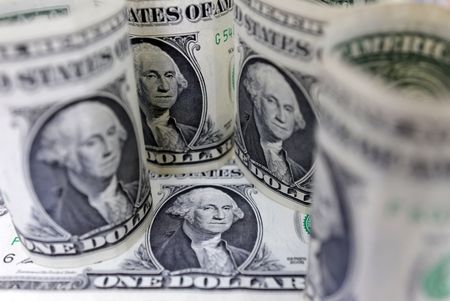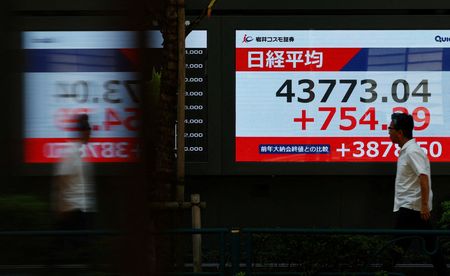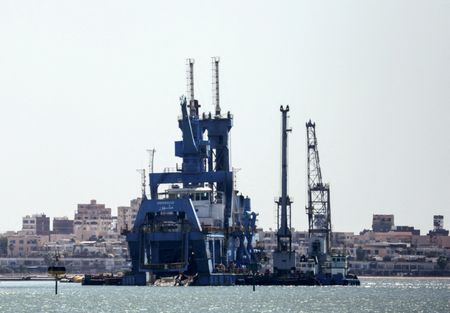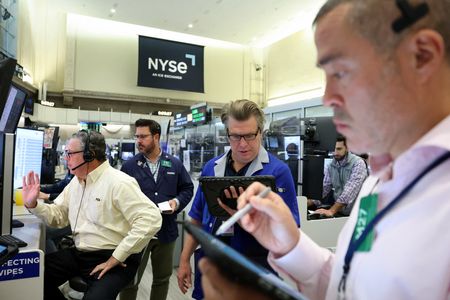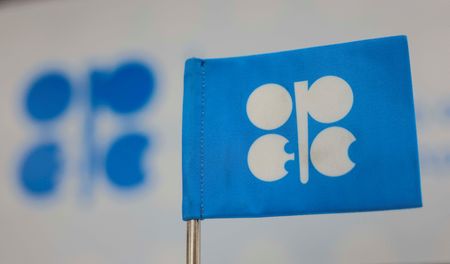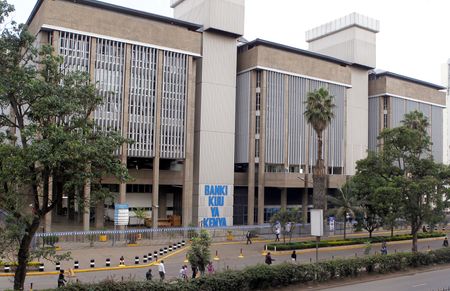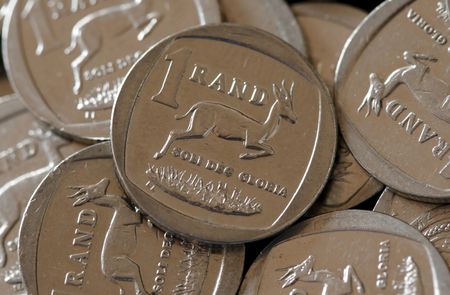By Gregor Stuart Hunter
SINGAPORE (Reuters) -The U.S. dollar rose to its strongest in more than two months in early Asian trading on Wednesday as risks around the U.S. government shutdown intensified, sparking fresh investor worries and boosting demand for safe-haven assets.
The dollar index, which measures the greenback’s strength against a basket of six currencies, rose 0.3% to as much as 98.91, its highest since August 5, as U.S. President Donald Trump threatened to carry out mass firings of federal workers during the standoff.
“With no resolution to the government shutdown in sight, sentiment in financial markets deteriorated,” analysts from Westpac wrote in a research report.
With the shutdown entering its second week, the probability of an end to the shutdown within the next week stands at 26%, according to the betting site Polymarket.
The kiwi dollar tumbled as much as 1% to lows of $0.5739 after the Reserve Bank of New Zealand surprised the market with a larger-than-expected 50-basis-point interest rate cut and flagged more easing ahead following the recent deterioration in economic data.
“The market only had a 30% chance of the RBNZ cutting by 50 basis points today,” said Joseph Capurso, head of FX, international and geoeconomics research at Commonwealth Bank of Australia, which had correctly anticipated a 50 basis cut today. “It was inevitable that the kiwi was going to fall.”
The currency could extend declines when the London market begins trading a few hours from now, he added. “There’s a good chance it can fall below 57 cents.”
The Australian dollar was last down 0.4% at $0.65595. Against the yen, the dollar was trading at 152.535 yen, up 0.4% from late U.S. levels and hovering around the strongest level since February, as investors weigh up the impact of Sanae Takaichi’s economic policy settings.
Takaichi, who surprised markets by winning the ruling party’s leadership election over the weekend to become Japan’s next prime minister, has left investors wondering whether the protégé of the late Shinzo Abe could usher in similar stimulus policies that may boost stocks but leave the yen fragile. Precious metals markets recorded fresh highs as investors sought safe havens, with spot gold prices breaching the $4,000 per ounce milestone. “Uncertainty about the global economy is one of the main drivers, and the U.S. government shutdown isn’t exactly helping sentiment either,” analysts from ING wrote in a research note.
The yield on benchmark 10-year Treasury bond edged up to 4.1307% compared with its U.S. close of 4.127% on Tuesday. The Federal Reserve is still widely expected to lower interest rates later this month, with Fed funds futures implying a 94.6% probability of a 25-basis-point cut, according to the CME Group’s FedWatch tool. The euro stood at $1.1618, down 0.3% so far in Asian hours, while sterling was at $1.3395, off 0.2%. The offshore yuan fetched 7.1506 yuan per dollar, 0.1% weaker compared with the previous session.
(Reporting by Gregor Stuart Hunter; Editing by Shri Navaratnam and Christian Schmollinger)

